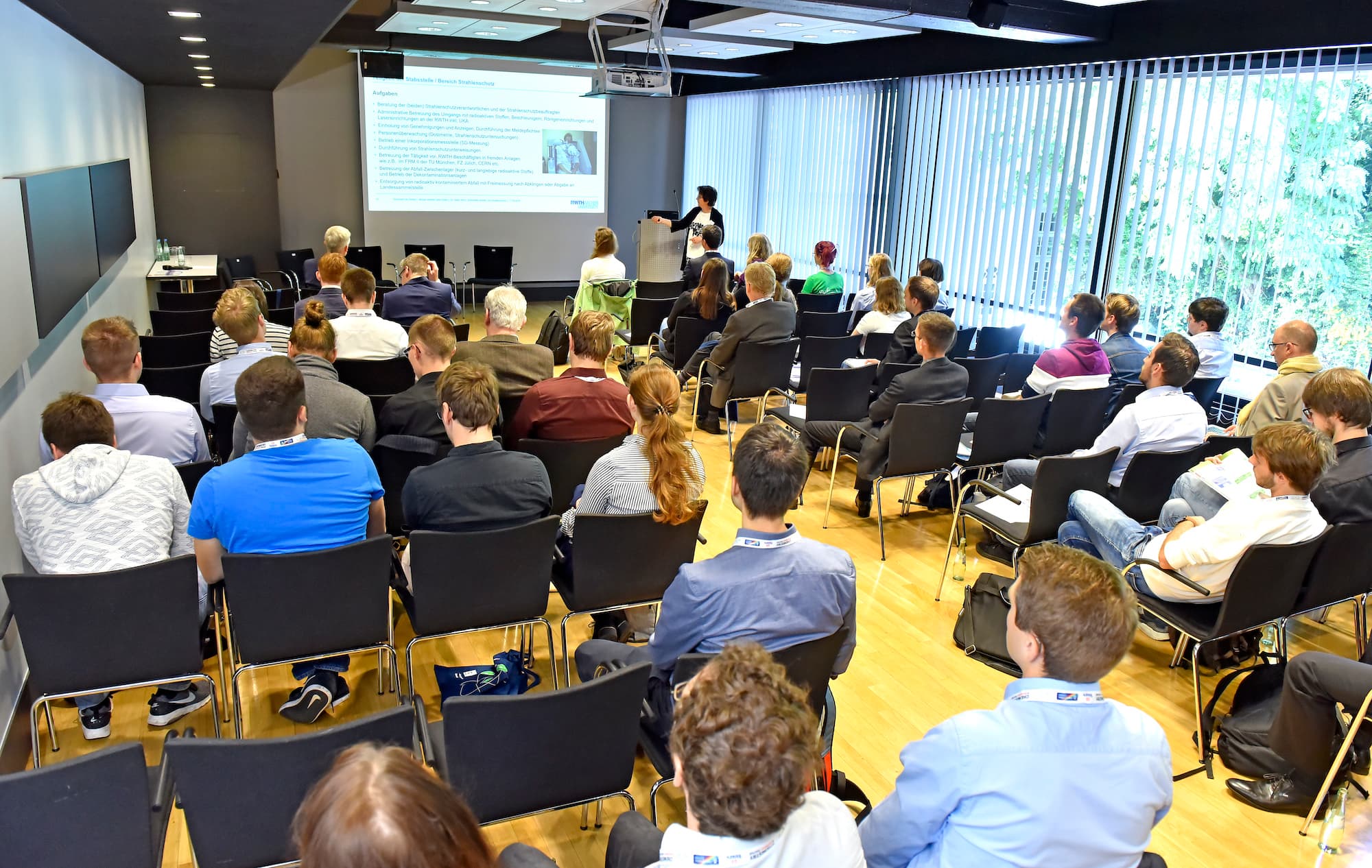Vortrag (Präsenzveranstaltung)
The Dream of the Perfect Nanocrystal
Prof. Dr. David Norris
Departement Maschinenbau und Verfahrenstechnik, ETH Zürich

Vortrag (Präsenzveranstaltung)
Departement Maschinenbau und Verfahrenstechnik, ETH Zürich
Donnerstag, 16. Januar 2025
16:15 – 17:15Donnerstag, 16. Januar 2025
16:15 – 17:15